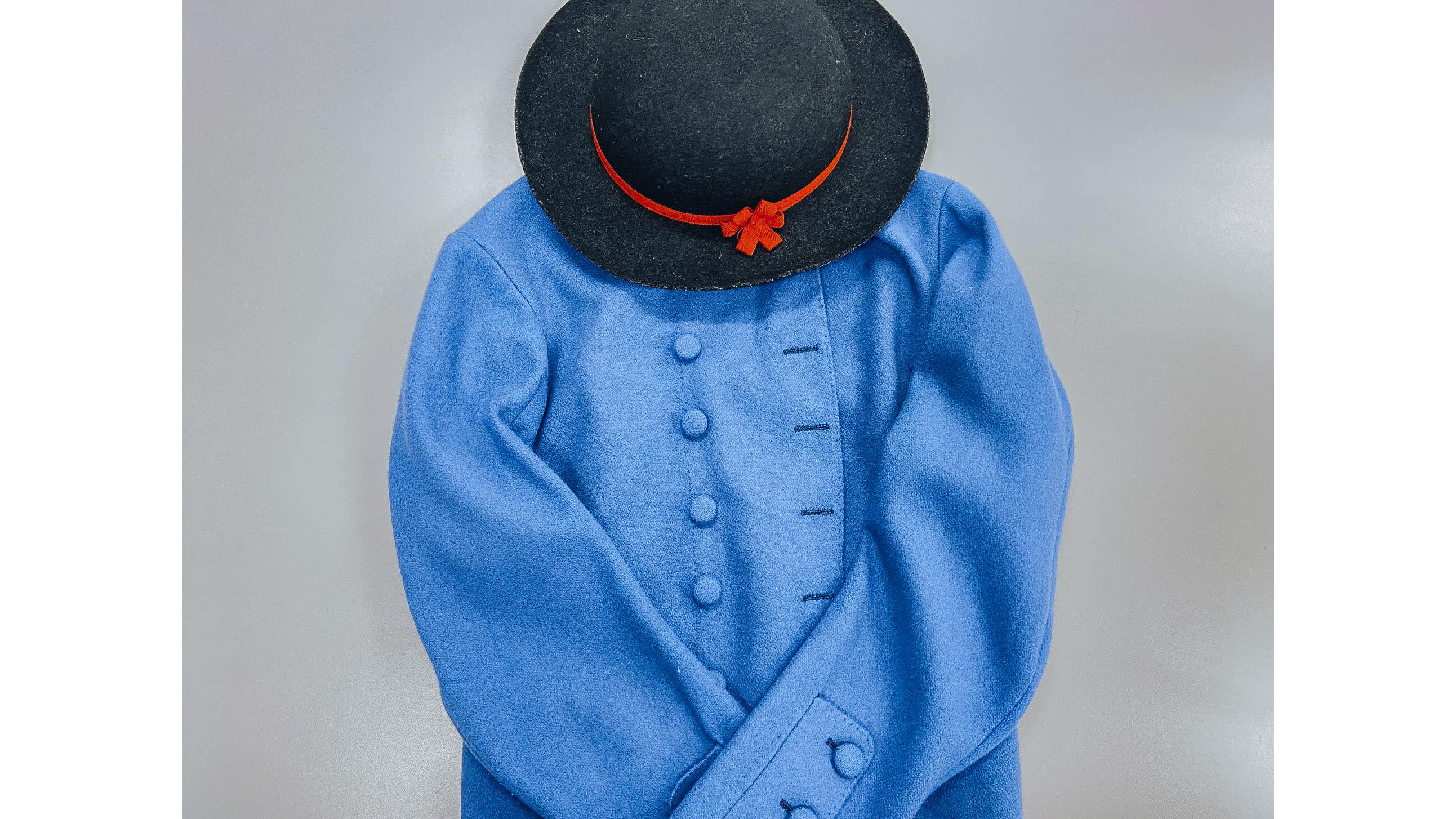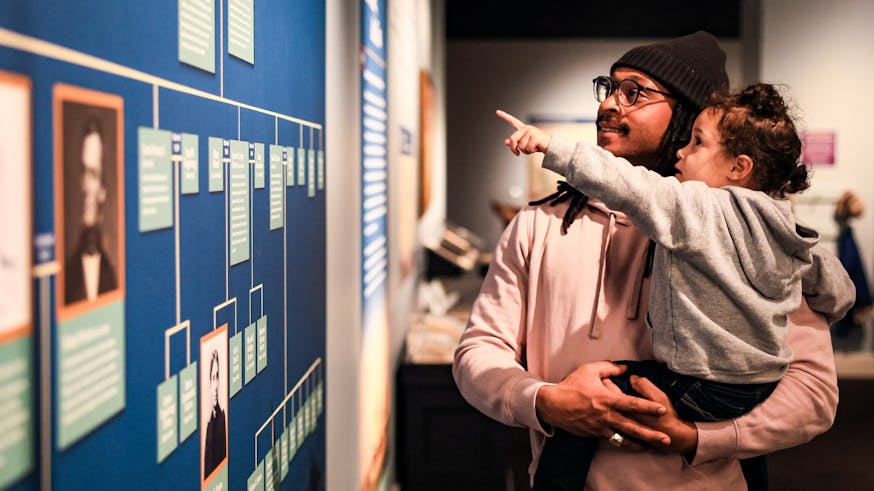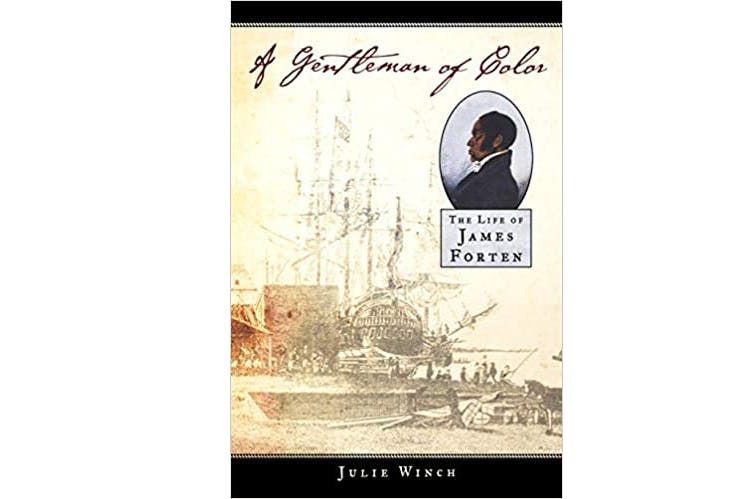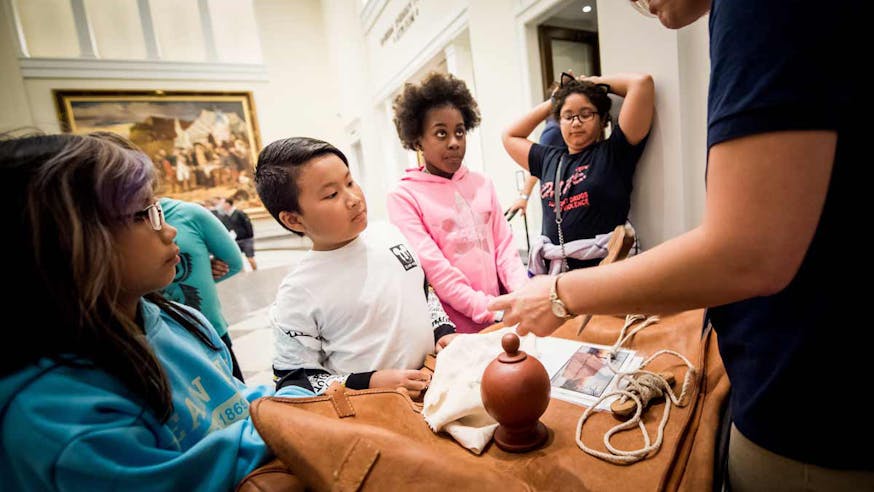James Forten Discovery Cart

James Forten was a Black entrepreneur, veteran, and abolitionist who was born to free parents in 1766 in Philadelphia. When he was a boy, he served on several privateer ships during the Revolutionary War. Forten sought public recognition of his political rights as a citizen and hoped military service would help gain him that recognition.
Forten was captured by the British and was imprisoned for several months on a British ship. He was freed in 1782 and returned to Philadelphia, where he would go on to become a wealthy sailmaker and a leader in the city’s abolition movement. He was a founding member of the Free African Society, established in 1787 under the leadership of Richard Allen and Absalom Jones. His wife, Charlotte Vandine Forten, and his daughters, Harriet, Sarah, and Margaretta were prominent supporters of abolition and Black suffrage. Together they founded the Philadelphia Female Anti-Slavery Society, the first integrated women's abolitionist organization. Sarah is featured in the Museum’s virtual exhibit, When Women Lost the Vote: A Revolutionary Story, 1776-1807.
At this digital discovery cart, view replica objects from Forten’s time as a teenager at sea to learn more about his life.
Sailor's Jacket and Hat

This example of a jacket and a hat shows what a sailor like Forten may have worn during the Revolutionary era.
Belaying Rope and Pin

This example of a late 1700s belaying rope and pin, which is used to rig a sailing vessel, was reproduced by our friends at Independence Seaport Museum.
Bowl and Spoon

The bowl and spoon above were reproduced based off bowls and spoons recovered from the wreck of the 1779 American privateer Defence.
Sketchbook and Common Sense

Did You Know: The Museum has in its collection a June 1776 copy of Thomas Paine's Common Sense that was printed in London by printer John Almon and bundled with Loyalist James Chalmers' rebuke, Plain Truth.
BONUS – James Forten House Historical Marker

This historical marker stands at the site of James Forten's home in what's now known as the Society Hill neighborhood of Philadelphia on Lombard Street between 3rd Street and 4th Street, just a few short blocks from the Museum.
Learn More

Black Founders: The Forten Family of Philadelphia
February 11 - November 26, 2023
A Gentleman of Color


